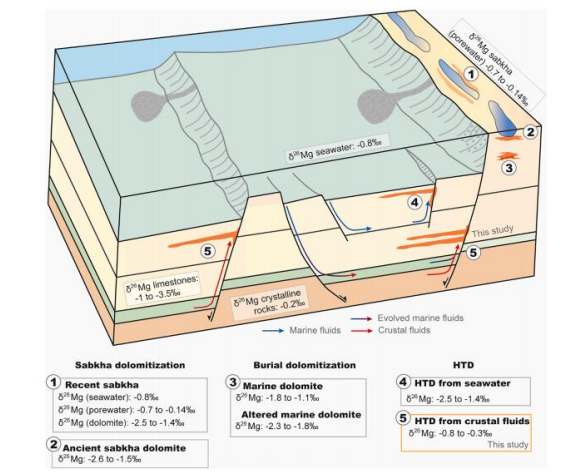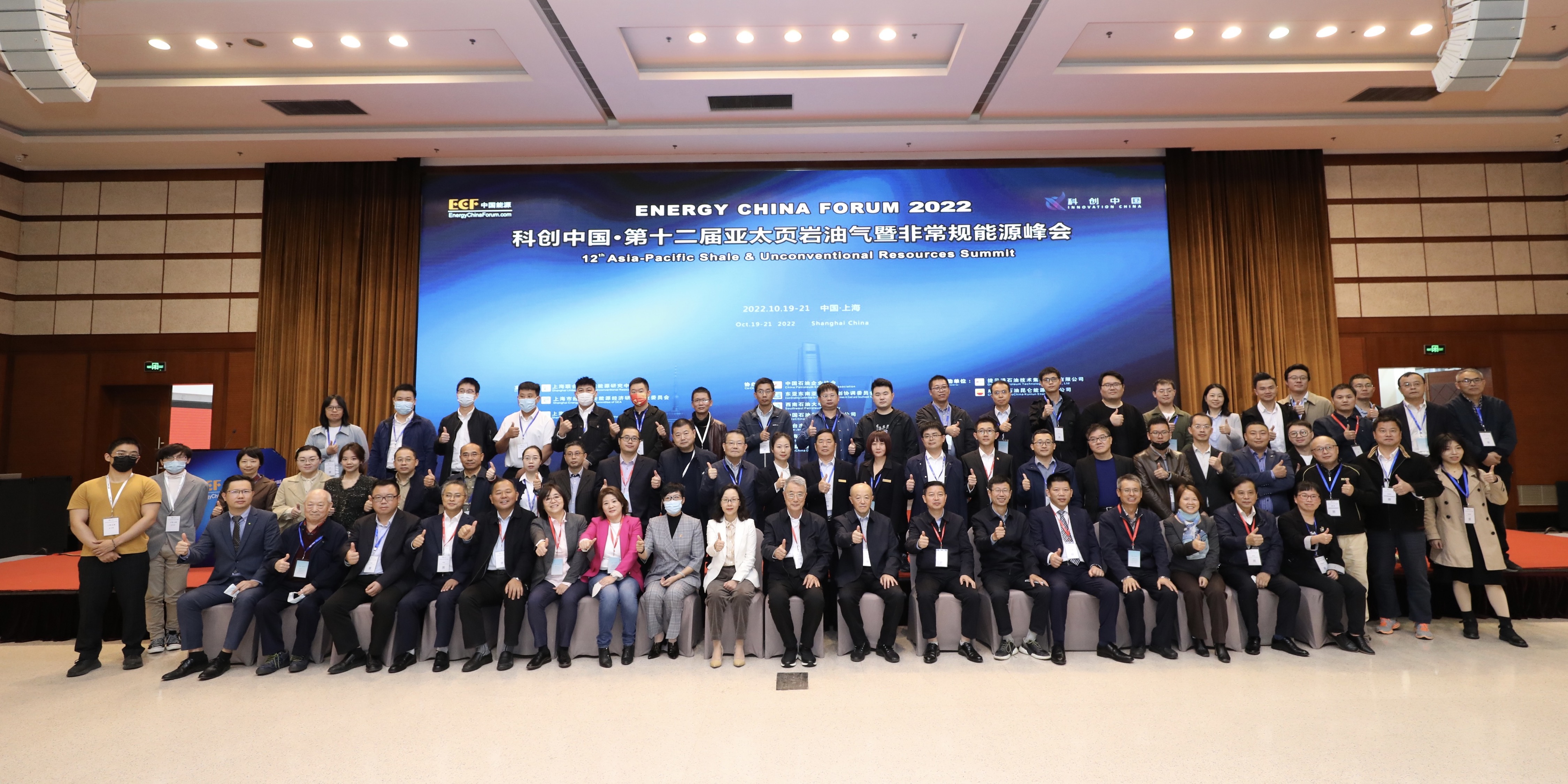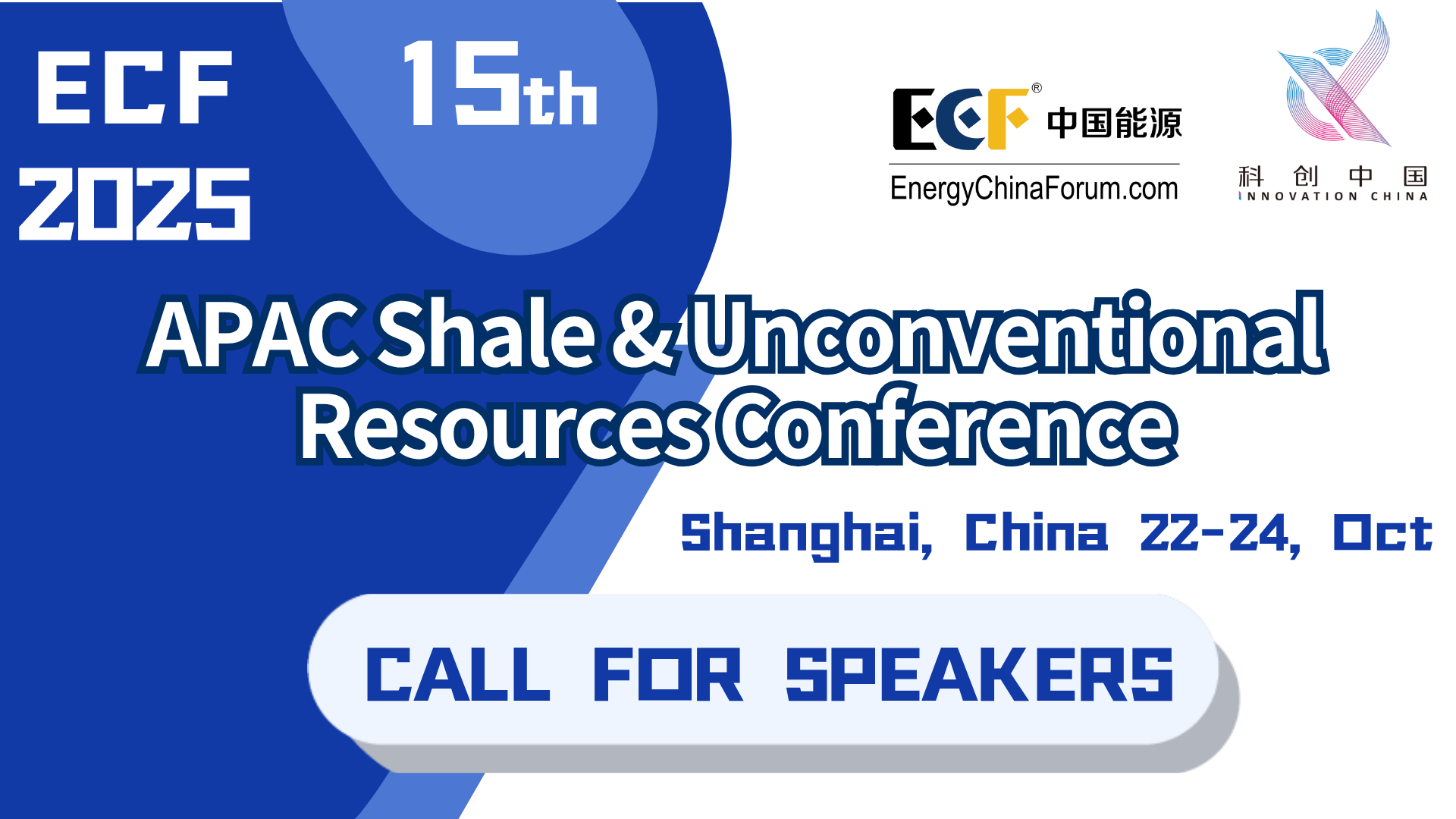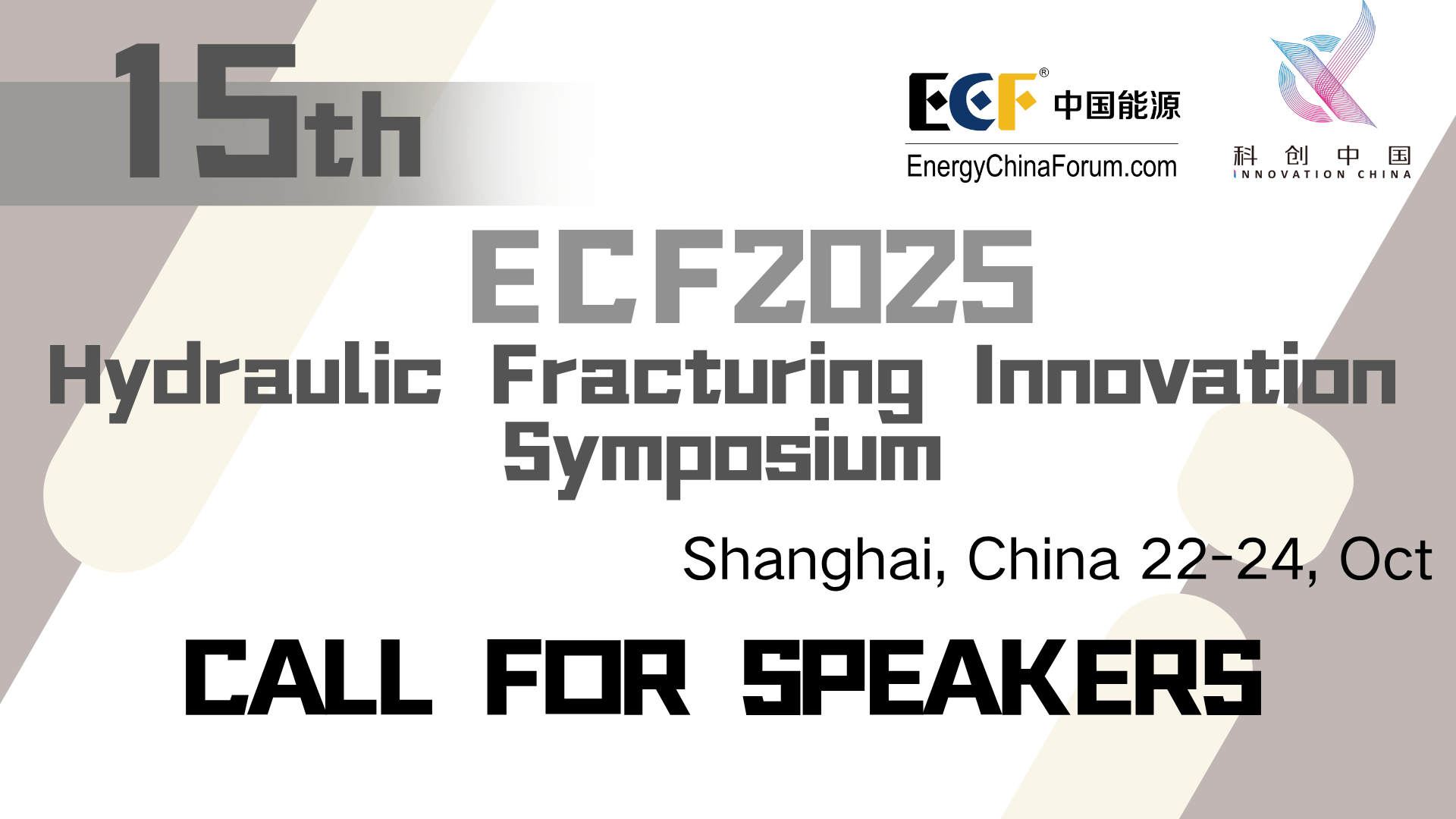Project Title: Distribution of deep and ultra-deep high-quality carbonate rock reservoirs and the prediction technology of large-scale oil and gas exploration areas
Participating Enterprises: Yangtze University, China University of Geosciences (Wuhan)
Award Received:Technological Invention Award - Bronze Award
Achievement Level: International Advanced Level
Project Number: ECF-2025-SET-1002
Main Participants: Li Xi, Zhu Guangyou, Zhang Zhiyao, Gao Heting, Li Sheng, Zhang Jiezhi, Chen Siyu, Huang Yue, Jia Fanchen, Zhu Yanqing

Expert Review Comments:
International advanced level.This project addresses the industry bottleneck in predicting high-quality carbonate reservoirs in deep-to-ultra-deep basins. It systematically elucidates reservoir formation and evolution mechanisms, identifies key controlling factors, and proposes an original geological theory alongside a multi-scale geological-geophysical collaborative prediction technology system. Through innovative methods such as diagenetic fluid identification, dating and temperature determination, and high-temperature-high-pressure simulation, the project has significantly enhanced reservoir prediction accuracy. The findings have been successfully applied in basins including Tarim, Sichuan, and Ordos, supporting major exploration breakthroughs in deep natural gas reservoirs and significantly advancing China's evaluation of deep oil and gas resources and optimization of exploration planning. The comprehensive technical system is systematically refined, highly innovative, and possesses significant promotional value, holding critical strategic importance for sustaining reserve growth and production expansion in China's deep-to-ultra-deep oil and gas resources.
Main Innovations:
This project has revealed the formation and evolution mechanisms of deep to ultra-deep carbonate reservoirs, identified key controlling factors for high-quality reservoir development, and proposed a novel genetic model. A set of innovative, multi-scale geological and geophysical prediction technologies has been developed, including diagenetic fluid identification, geochronology and thermochronology, and high-temperature and high-pressure simulations. These technologies have been successfully applied in the Tarim, Sichuan, and Ordos basins, enabling accurate prediction of reservoir distribution and exploration potential, thus supporting major breakthroughs in deep oil and gas exploration in China. The project has led to 35 SCI-indexed papers, 18 granted invention patents, and 2 published monographs.
Main Uses and Technical Principles:
This project integrates multi-scale reservoir characterization, high-precision geochemical tracing, high-resolution well logging–3D seismic imaging, and multi-dimensional geological modeling and analysis techniques to establish a predictive model for the distribution of deep to ultra-deep carbonate reservoirs in cratonic basins. It breaks through the accuracy bottleneck of reservoir prediction under complex deep geological conditions and addresses the industry challenge of strong heterogeneity and high prediction difficulty in deep to ultra-deep carbonate reservoirs of cratonic basins. The project precisely delineates the spatial distribution of high-quality deep to ultra-deep reservoirs, selects major oil and gas exploration targets, supports efficient exploration deployment, reduces deep drilling risks, and provides a solid scientific basis for the exploration and development of large oil and gas fields.
Technical Applications:
The aforementioned key technologies have been successfully integrated and applied in deep-to-ultra-deep oil and gas exploration practices across the three major cratonic basins of Tarim, Sichuan, and Ordos. They have enabled precise prediction of high-quality reservoir distribution, optimized selection of large-scale favorable targets, supported breakthroughs in multiple exploration wells, significantly enhanced exploration success rates and economic benefits, and provided crucial technical foundations for China's oil and gas field development. Through the integration of theoretical innovation, technological breakthroughs, and practical application, this project has effectively resolved the technical challenges in predicting deep-to-ultra-deep carbonate reservoirs. The developed technical system holds potential for global application in similar geological conditions, providing robust support for technological advancement in the energy sector and the implementation of China's energy security strategy.




